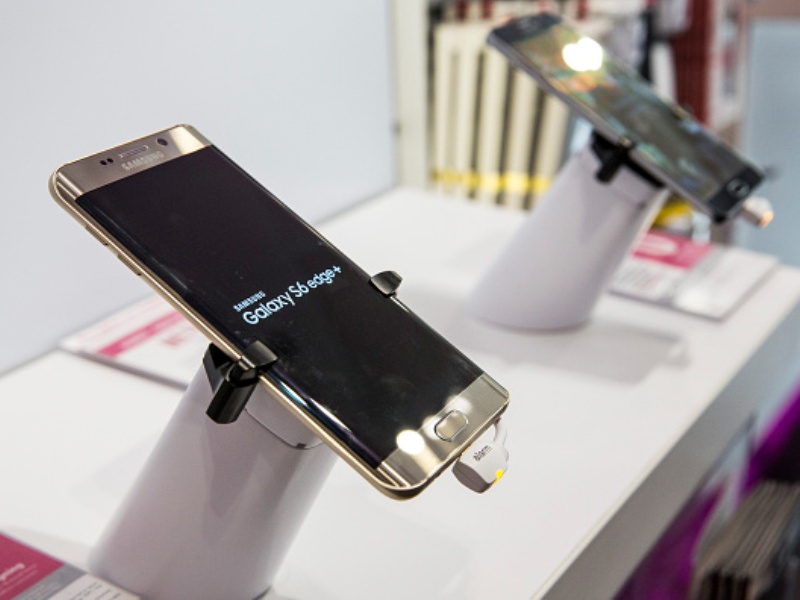Samsung Electronics warns of difficult 2016 as smartphone market peaks
Slowing growth in the China economy and weaker currencies in emerging markets have undercut sales of electronics that ranged from personal computers to television, which has spelled trouble not just for Apple and Samsung but for its suppliers and the industry as a whole.
Net profit for the crucial October to December quarter stood at 3.22 trillion won ($2.7bn), down 39.7pc from previous year.
Revenue rose 1.1% to 53.3-trillion won, slightly better than the 53-trillion won it guided for.
“The overall smartphone market will remain hard throughout this year but we still see growth in the lower-end segment, although competition will be tougher”, Lee Kyeong-tae, vice-president of the mobile communications business, said on the call.
Slowing global demand for smartphones and memory chips dealt a blow to Samsung Electronics as it reported a 40 per cent on-year drop in fourth-quarter net profit yesterday, a day after rival Apple recorded its weakest rise in iPhone sales.
Some investors and analysts believe Samsung will see its profit fall for the second time in three years in 2016, as slack demand for gadgets undercuts prices of memory chips. However, the company’s operating profit increased 27% in the same quarter year-on-year.
A big factor in future smartphone growth could come with innovations in the way upgrades are sold, the analysts said. It said the components part of its business was affected by weakened DRAM chip and LCD panel prices and a general “softer” IT market and PC demand.
Samsung’s TV shipment increased, particularly in North America, with sales of refrigerators and washing machines growing thanks to promotion events for the Black Friday shopping season.
For the full year 2016, Samsung expects only single-digit growth in the smartphone and tablet market and strong competition.
Samsung shares ended down 2.6 percent on Thursday.
Last year’s flagship phones, the Galaxy S6 and S6 edge, failed to perform as well as hoped, while Chinese manufacturers present a specific challenge for Samsung’s mass-market devices.
The vendor posted KRW 53.32 trillion (about $44 billion) in consolidated revenue and KRW 6.14 trillion (about $5 billion) in operating profit in Q4.
During the final quarter of 2015, the semiconductor business reported its first quarter-over-quarter profit decline in more than one year.
Samsung this month said that its foundry business received orders from Qualcomm Inc to make Snapdragon 820 application processor chips.
Global smartphone shipments grew at just 6% in the fourth quarter, according to data tracker Strategy Analytics.
Sales in Samsung’s key mobile division fell 10 per cent in the quarter to 24 trillion won. Since then, Samsung has shown a willingness to compete on price, trading off ASPs and margins in favor of higher volumes.








